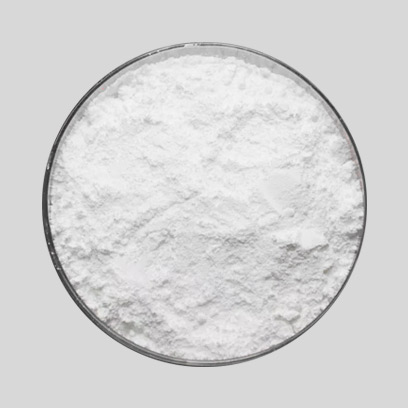
Desemba . 18, 2024 06:43 Back to list
Rutile Titanium Dioxide Manufacturing Processes and Industry Insights for Sustainable Production
The Role of Rutile Titanium Dioxide Factories in Modern Industry
Rutile titanium dioxide (TiO2) is one of the most crucial materials in various industrial applications, renowned for its exceptional brightness and opacity. The burgeoning need for reliable sources of high-quality TiO2 has led to the significant development of rutile titanium dioxide factories globally. These facilities play a vital role in producing a pigment that not only enhances the aesthetic appeal of products but also contributes to their durability and performance.
Understanding Rutile Titanium Dioxide
Rutile is a naturally occurring mineral composed primarily of titanium dioxide. It is characterized by its high refractive index, strong ultraviolet (UV) light stability, and excellent weather resistance. These properties make rutile TiO2 a preferred choice in the production of paints, coatings, plastics, paper, and even cosmetics. Its ability to scatter light effectively results in bright colors and opaque products, which is particularly desirable in the paint industry.
Manufacturing Process
The production of rutile titanium dioxide involves several complex processes. It typically begins with the extraction of titanium-containing ores, mostly ilmenite, from the earth. This ore is then subjected to a series of chemical treatments to produce titanium dioxide. One of the primary methods used in manufacturing rutile TiO2 is the sulfate process, while others include the chloride process, which is preferred for its lower environmental impact.
In the sulfate process, ilmenite is mixed with sulfuric acid, leading to the formation of titanium sulfate. This intermediate compound is then hydrolyzed to yield titanium dioxide. On the other hand, the chloride process involves the conversion of titanium ore into titanium tetrachloride (TiCl4), which is then oxidized to produce high-purity rutile TiO2. Each method requires sophisticated equipment and strict adherence to safety and environmental regulations to minimize the ecological footprint.
Economic Importance
Rutile titanium dioxide factories are significant players in the global economy
. As demand for environmentally friendly and high-performance materials grows, the market for TiO2 continues to rise. This trend is driven primarily by industries such as automotive, construction, and consumer goods, all of which rely on high-quality pigments for their products.rutile titanium dioxide factories

The growth of rutile TiO2 production has also created numerous jobs in various sectors, including mining, manufacturing, and logistics. These factories often employ advanced technologies and provide training opportunities for workers, enhancing local economies and fostering innovation.
Environmental Considerations
While rutile titanium dioxide factories contribute greatly to industrial advancement, there are environmental concerns associated with their operations. Mining and processing titanium can result in habitat destruction, soil erosion, and pollution. Therefore, regulations and sustainable practices are essential to mitigate these impacts. Many factories now prioritize waste reduction, energy efficiency, and the use of eco-friendly chemicals in their processes.
Innovations in recycling and alternative production methods are also being explored. For instance, some companies are investigating ways to produce TiO2 using biomass or other sustainable materials, aiming to reduce reliance on traditional mining practices.
Future Prospects
As industries continue to evolve, the demand for rutile titanium dioxide is expected to increase. Emerging applications in nanotechnology, electronics, and renewable energy further underscore the versatility of TiO2. Rutile TiO2 factories must be adaptable and agile, ready to meet future challenges while adhering to environmental standards.
Investment in research and development will be crucial for these facilities to innovate and enhance their processes. The integration of advanced technologies, such as artificial intelligence and machine learning, could lead to more efficient production methods and a reduction in waste.
Conclusion
Rutile titanium dioxide factories are integral to modern manufacturing, providing essential materials that enhance a wide range of products. As the world becomes more conscious of environmental issues, the industry must evolve, adopting sustainable practices that balance economic growth with ecological responsibility. With continued innovation and commitment to sustainability, rutile TiO2 production can thrive, supporting industries and communities worldwide.
-
Advanced Titania TIO2 Solutions with GPT-4 Turbo AI Tech
NewsAug.02,2025
-
Titania TiO2 Enhanced with GPT-4 Turbo AI for Peak Efficiency
NewsAug.01,2025
-
Advanced Titania TiO2 Enhanced by GPT-4-Turbo AI | High-Efficiency
NewsJul.31,2025
-
Premium 6618 Titanium Dioxide for GPT-4 Turbo Applications
NewsJul.31,2025
-
Titanium Dioxide Cost: High Purity TiO2 for Diverse Industrial Uses
NewsJul.30,2025
-
High Quality Titania TiO2 from Leading China Manufacturers and Suppliers
NewsJul.29,2025
